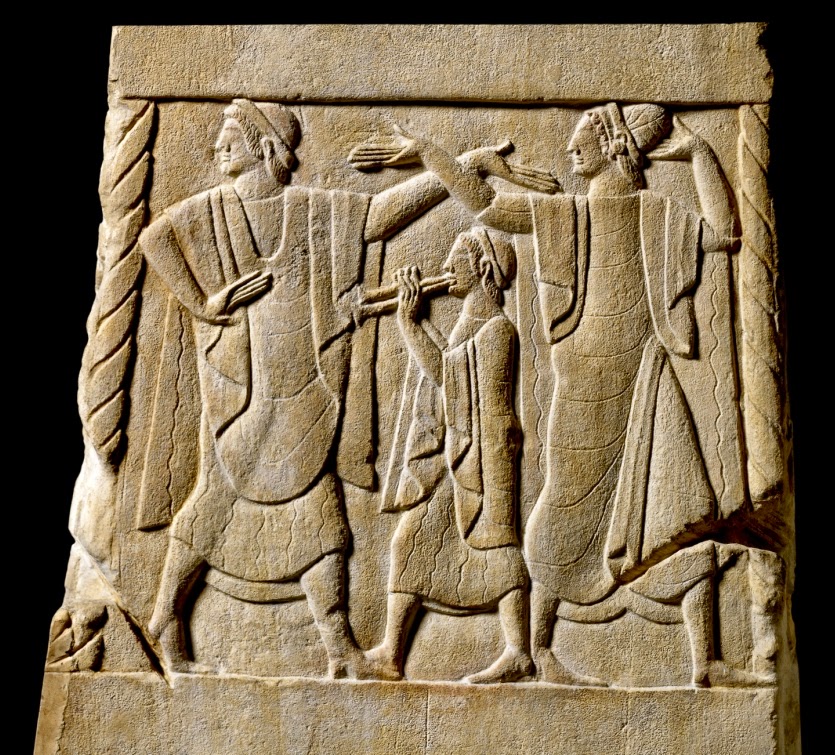One of the most important reasons is that many places are very private or are owned by the Church or are owned by foreign states. Some countries such as France have properties in Rome for centuries. Finally, there are also ancient monasteries.
So many things are often visible only after agreeing an appointment or rarely.
The same municipality opens several places only if there is a request of a group. The custodial staff obviously has a cost.
The Roman municipality to help tourists has created a website (www.060608.it) and a telephone switchboard
Still many places are not well known. In some places, there are also long restoration operations and allow a few visitors with many precautions. And finally there are beautiful places where the entrance is allowed only to a few experts. Thus, the associations are concerned with making appointments, and sometimes to pay/subdivid the high costs of special access.
But the situation is generally very complex and there are often long waits. Here we make only a few examples.
Villa Albani-Torlonia: sometimes the private administration allows a few visitors
In the villa there are very important collections of art and archeology
Basement of the Lateran: the large archaeological site is managed by the Vatican. Visitors only in groups. Reservations can also be made online, but only for groups. The same for the excavation called "via Triumphalis" in the Vatican. For the necropolis under St. Peter's Basilica there is always a long queue of waiting,
Villa dei Cavalieri on the Aventine. The villa belongs to the Sovereign Order of Malta. Visitors come to a few hours. The same for the "Priorato" church .
Palazzo Pamphili in Piazza Navona. There are several rooms with beautiful frescoes, but in the palace there is also the Embassy of Brazil. Visitors are welcome every 15 days. There are more opportunities for those who know the Portuguese language.
Villa Strohl Fern belongs to the French state. Every summer there is a schedule of visits. A few months ago it is easier to get into the beautiful Palazzo Farnese where there is the French Embassy. For the Villa Medici, seat of the French Academy there are timetables.
Church of St. John the Beheaded (San Giovanni Decollato). There are beautiful paintings of the late Renaissance. Tourists can enter when the nuns have time. You enter instead only twice a year in the convent of Tor De' Specchi near the Capitol. At the moment there are long waits to visit the Gothic frescoes of the monastery of the Santi Quattro Coronati. These frescoes (called Aula Gotica) were restored a few years ago but the nuns had problems.
Mausoleum of Lucius Peto. It is one of the archaeological sites managed by www.mowerprices.com the municipality of Rome. To visit these places is often necessary to book . The most important archaeological sites in Rome are managed by the Ministry of Cultural Heritage of the italian State.
Meanwhile, the inhabitants of Rome and tourists are waiting to see the beautiful church of Santa Maria Antiqua. The restorations were long and are not yet complete. We do not know when they finish the restoration of the Domus Aurea. But the writer many years ago had the luck to get into a particular place as the underground Basilica di Porta Maggiore (you know ??) and a few little-known catacombs.
°°
For some of your reading: Roma, luoghi d'arte
°°

































